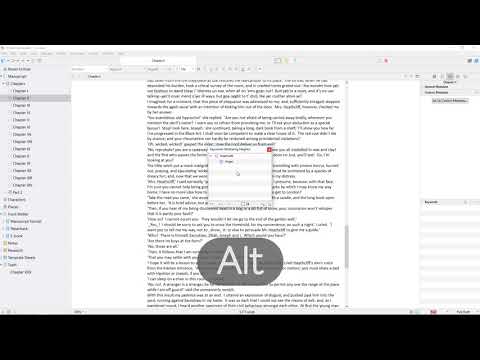Organising Your Project: Tagging Documents with Keywords
We all know how important it is to keep our projects well organised. But what about the digital files and documents that make up those projects? In the paperless office, we need to be just as organised with our digital files as we are with our physical ones. One way to do that is to tag documents with keywords.
What is tagging? Tagging is a way of adding metadata to digital files. Metadata is simply “data about data” – it’s information that describes other information. In the context of documents, this might include the author, the date the document was created, and so on.
Why tag documents with keywords? Keywords are a particularly useful type of metadata because they can help you to find and organise your documents more effectively. By tagging your documents with relevant keywords, you can make them much easier to search for and categorise. This can save you a lot of time and effort when you need to find a specific document in the future.
How do I tag my documents with keywords? There are various ways to tag documents with keywords, depending on the software you’re using. If you’re using Microsoft Word, for example, you can add keywords to a document by opening it in Word and going to File > Properties > Advanced Properties. Here you can add any keywords you want in the “Keywords” box.
If you’re using Adobe Acrobat, you can add keywords by opening the PDF in Acrobat and going to File > Properties > Description. Again, you can enter any keywords you like in the “Keywords” box.
Most other software programs will have a similar facility for adding keywords to documents. If in doubt, consult your software’s help files or support forums.
What keywords should I use? When tagging your documents with keywords, it’s important to use relevant and specific words that accurately describe the contents of the document. For example, if you have a document about project management, some good keyword tags might be “project management”, “projects”, “project planning”, “scheduling”, and so on. Try to think of all the different terms someone might use when searching for a document like yours.
In addition to using relevant and specific words, it can also be helpful to use what are known as “long-tail keywords”. These are longer phrases that are more likely to be used in searches by people who know exactly what they’re looking for. For example, someone searching for “project management software” is probably looking for something quite specific – they already have an idea of what they want – so including this phrase as a keyword tag could help them (and others like them) to find your document more easily.
Once you start tagging your documents with keywords, you may find it helpful to create a keyword list – a list of all the different words and phrases you tend to use as tags. This list can serve as a valuable reference tool when tagging new or existing documents in future. And if you share your keyword list with others in your organisation, it can help everyone to standardise their tags and make sure they’re using consistent terminology across all their projects



